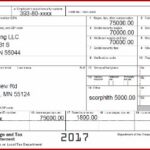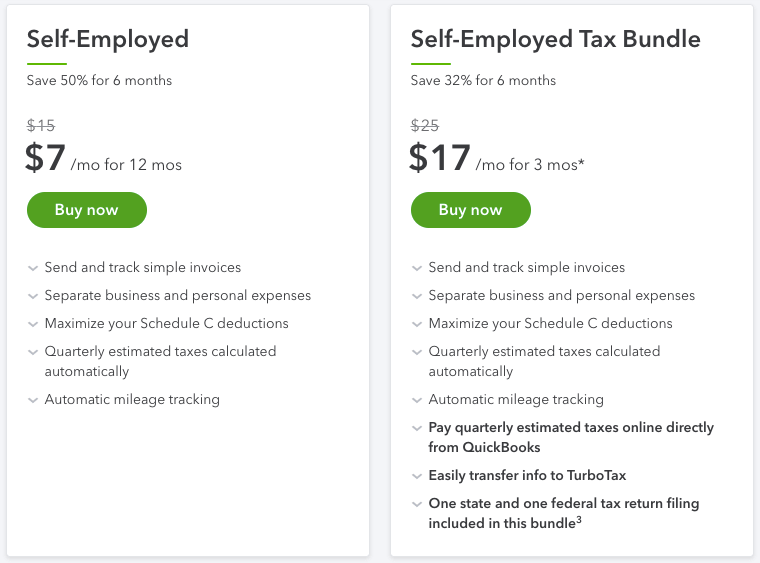Content

Enterprise value is a measure of a company’s total value, often used as a comprehensive alternative to equity market capitalization that includes debt. The Cash-on-Cash Return is the ratio of the cash received in any given year of the investment to the total cash invested. For example, if an individual invested $100,000 and received $10,000 in the first year, the cash-on-cash return would be 10%.

Keep reading to discover the definitions, formulas, and comparisons for each cash flow type. Since the purpose of the two cash flows varies, the mode of arriving at the sum under each, FCFF and FCFE, are also different. And investment time horizon, levering up with favorable a debt structure will tend to drive IRR’s and and reduce EM’s all else being equal. It’s important not to rely on any single metric when you analyze potential real estate investments, and IRR is no exception. With LTV being the loan-to-value ratio, CD the interest rate of the loan, and CE the required rate of return or IRR by investors. In the above example, the required rate of return is 0.12 or 12%, which must be greater than the WACC in order to cover the cost of financing.
What is levered free cash flow?
Realized Financial is a subsidiary of Realized Holdings, Inc. (“Realized”). Once you’ve created your account, you’ll be ready to accept online payments within 24 hours and can reduce your workload even more with automated recurring invoices, automatic transfers, and more. It could be as simple as digitizing and automating your processes so you can get more done in less time and with fewer people.
Unlike equity multiple, IRR incorporates the concept of time value of money , which means that it adjusts returns based on the fact that money received today is more valuable than money received in the future. Therefore, while equity multiple measures cash return over the life on an investment, IRR measures the rate of return for the money invested for each period it is invested. An example of unleveraged IRR in commercial real estate investing might involve purchasing a property outright without borrowing.
Worcester’s Investment Options: Our Fund and Private Financing
As for investors and lenders, levered cash flow is a more valuable metric. On the other hand, your debt partners are focused on unlevered cash flow as the better indicator. It boils down to different stakeholders having different priorities. When we look at Investment #1, we can see that, while it returns cash faster to investors , it delivers less overall returns to investors so it has a lower equity multiple. In contrast, Investment #2 has a lower IRR, but it offers a higher overall return to investors, and consequently has a higher equity multiple. The company’s net income greatly affects a company’s free cash flow because it also influences a company’s ability to generate cash from operations.
Levered initial investment will be the total equity put up for the project .These both assume no capital expenditures or leasing commissions below-the-line. Using leverage to boost IRR can offer significant rewards, such as increased purchasing power and higher returns. However, it also comes with increased risks, such as higher interest rates, a potential for increased costs, and the potential for financial instability. As such, it’s essential https://quick-bookkeeping.net/ to carefully consider the potential risks and rewards of using leverage to maximize IRR and ensure that it aligns with the investor’s overall investment strategy and goals. In the end, the choice between IRR levered vs unlevered will depend on a variety of factors. It’s crucial for commercial real estate investors to carefully evaluate these factors and choose the approach that best aligns with their investment strategy and objectives.
Unlevered Free Cash Flow
In other words, unlevered cash flow is the amount of cash that a property produces as a result of its normal day-to-day operations. Unlevered cash flow is the amount of cash that a property produces before taking into account the impact of loan payments. Free cash flow yield is a ratio wherein a FCF metric is the numerator and the total number of shares outstanding is the denominator. A company with debt will have a higher unlevered FCF yield than a levered FCF yield.
- Whenever we are confronted with IRR analysis, it is important to understand what kind of IRR is calculated, IRR levered or IRR unlevered.
- Because it does not incorporate the debts that one owes into the cash flow, this figure is an overestimation of the value of one’s company or a specific given property.
- It could be as simple as digitizing and automating your processes so you can get more done in less time and with fewer people.
- Explore why you should diversify your investments with self-storage units.
- As an example, an interest rate of 6.7% would create an annual debt payment of ($600,0000 times 6.70%) $40,200.
Checking the performance of stocks and bonds can be easily done by logging into a brokerage account for updates. However, identifying current and future real estate returns is much more difficult because the same property does not change hands every day. Investors Levered Vs Unlevered Cash Flow In Real Estate considering investing in a new private equity investment project normally will carefully evaluate any new investment proposition in light of their merits and their risks. Levered initial investment will be the total equity put up for the project .
Weighted Average Cost of Capital and Leverage Analysis
It’s also important to ensure that the appropriate calculations are used and that common mistakes are avoided when calculating IRR. Additionally, unleveraged IRR can provide a more accurate measure of the potential profitability of an investment, as it only considers the cash flow generated by the investment itself. An example of leveraging in commercial real estate investing would be purchasing an apartment complex for $5 million, with a down payment of $1 million, and financing the remaining $4 million. In addition, leveraging an investment can lead to higher interest rates, making the investment more costly.
- If the property is purchased without debt, then the full purchase must be paid for with the investor’s equity.
- That’s why you need to arm yourself with accounting 101 know-how so you can stay on top of your business’s financial health and profitability.
- Now we are comparing the two projects with the same degree of financial leverage.
- The S&P tracks Free Cash Flow Yield for all of the company’s in its index.
